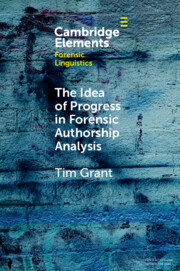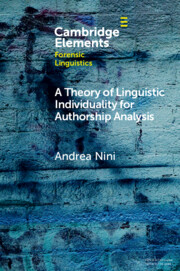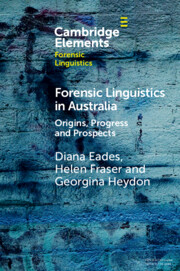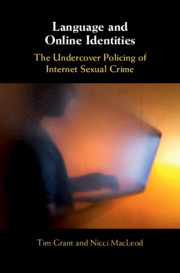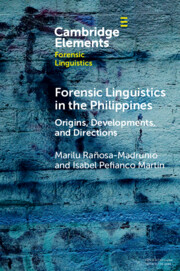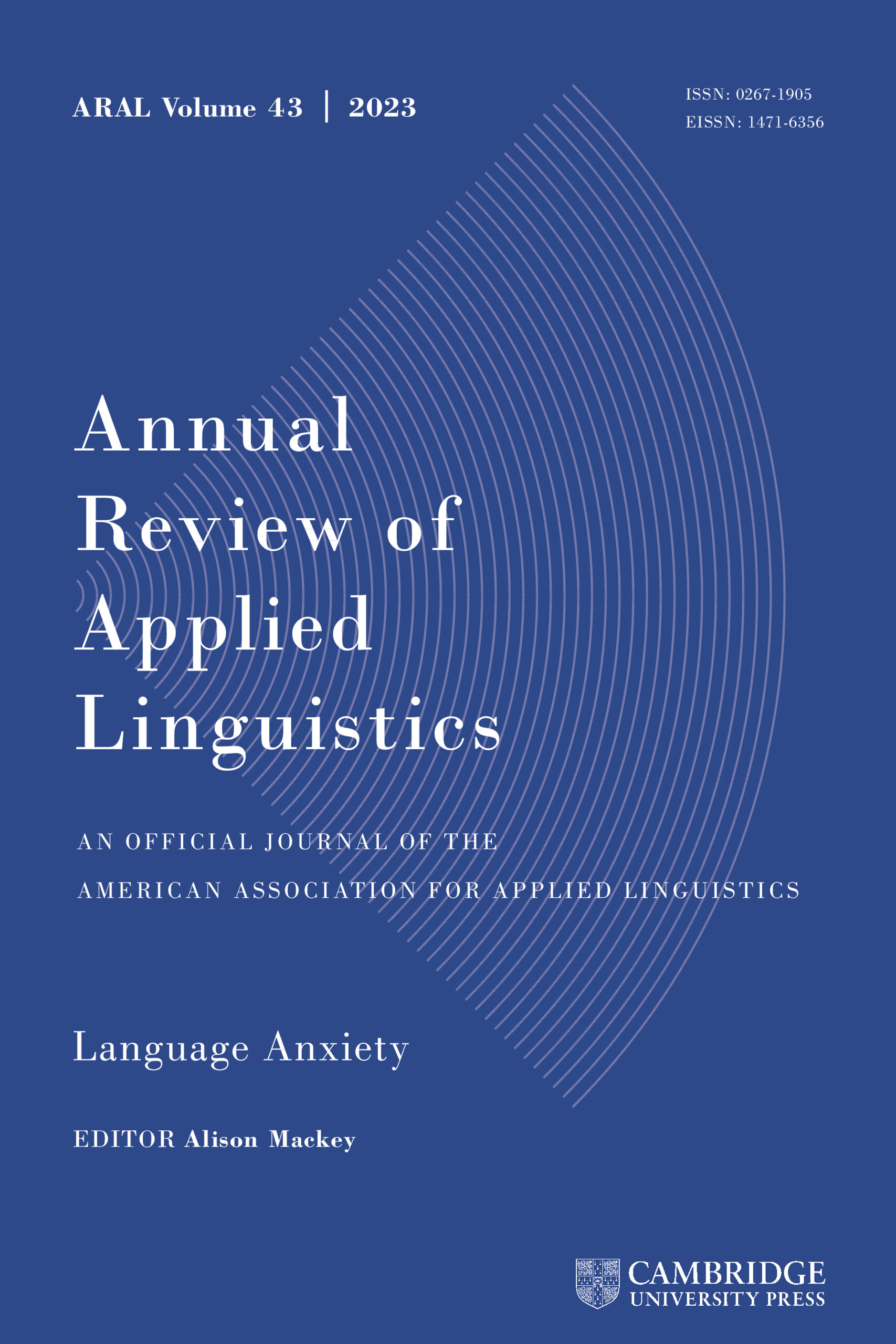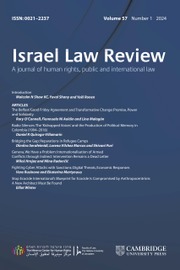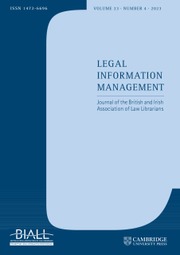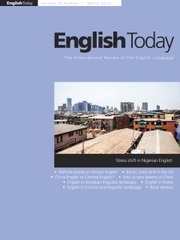The Idea of Progress in Forensic Authorship Analysis
This Element examines progress in research and practice in forensic authorship analysis. It describes the existing research base and examines what makes an authorship analysis more or less reliable. Further to this, the author describes the recent history of forensic science and the scientific revolution brought about by the invention of DNA evidence. They chart the rise of three major changes in forensic science – the recognition of contextual bias in analysts, the need for validation studies and shift in logic of providing identification evidence. This Element addresses the idea of progress in forensic authorship analysis in terms of these three issues with regard to new knowledge about the nature of authorship and methods in stylistics and stylometry. The author proposes that the focus needs to shift to validation of protocols for approaching case questions, rather than on validation of systems or general approaches. This title is also available as Open Access on Cambridge Core.
Product details
May 2022Adobe eBook Reader
9781108981309
0 pages
This ISBN is for an eBook version which is distributed on our behalf by a third party.
Table of Contents
- Series Preface
- Prologue – the Dhiren Barot case
- The idea of the Idea of Progress
- Forensic authorship analysis
- The idea of progress in forensic science
- Progress in forensic authorship analysis
- Future directions in forensic authorship analysis
- Conclusions
- References.

